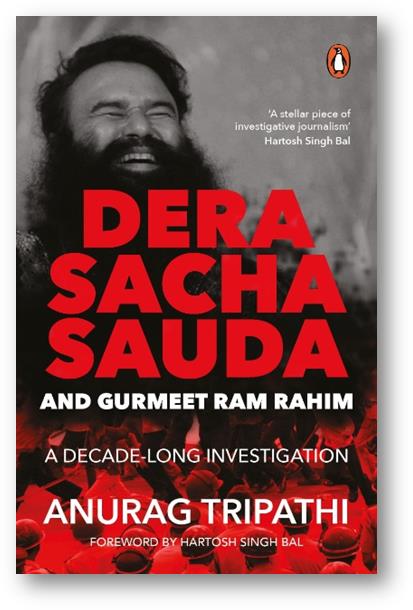(New Delhi, Nov 23, 2022) Lachit Barphukan was a master tactician and war strategist whose military zeal infused a sense of immense responsibility in his army, says a new book on the Ahom general of Assam who led his force to victory over a numerically larger and superior Mughal army.
In his book Bravehearts of Bharat: Vignettes from Indian History, historian Vikram Sampath profiles 15 unsung heroes and heroines of India from varied time spans who fought to uphold the tradition and culture of their land.
The book comes at a time when the 400th birth anniversary of Lachit is being celebrated in the national capital from November 23 to 25 with Prime Minister Narendra Modi slated to attend the valedictory function.
In the chapter on Barphukan, the author describes how Assam’s “man of destiny” stood up to be counted and to create history for himself and his clan.
Sampath also goes on to give a brief overview of the Ahom kingdom, which, he says, was highly regimented in its structure.
The Barphukan was the military and civil commander of the Ahom army.
Assam was invaded several times by the Delhi Sultanate up to the 16th century, but this met with no success. The inhospitable and inaccessible terrain, and the warrior spirit of the people who fiercely guarded their independence enabled them to maintain their dogged resistance against all attacks.
By December 1636, Kamrup was occupied by the Mughals. According to the Treaty of Asurar Ali, enacted in 1639 CE between the Ahom general Momai Tamuli Borbarua and the Mughal commander Allah Yar Khan, the whole of western Assam, beginning Guwahati, passed into Mughal hands.
A most humiliating treaty was concluded in January 1663 at Ghilajhari Ghat according to which the Ahoms were forced to give up western Assam to the Mughals.
But there was a revival after Chakradhwaj Singha became the king.
Lachit, born in 1622 CE, was the youngest son of Momai Tamuli Borbarua. He was first made the Soladhara Barua, the scarfbearer of the king, a position akin to that of a private secretary.
In due course, Lachit also held various positions like Ghora Barua (in charge of the royal stable), commander of Simalugarh Fort and later the Dolaksharia Barua (Superintendent of the Royal Household Guards) to Maharaja Chakradwaj Singha.
During Mir Jumla’s invasion, Lachit had engaged in his limited capacity with the enemy at Dikhowmukh and earned considerable success.
Sampath cites an anecdote of a test that Lachit underwent before being formally anointed as the Barphukan.
Lachit was asked to present himself in the royal court before the king, and as he knelt before him, in a planned move, an attendant rushed from behind and snatched away Lachit’s headgear.
“This was, and still is, considered as a grave affront to a man’s dignity and self-respect, in Assamese traditions. The king wanted to check Lachit’s sense of self-worth and his reflexes. The young man leapt from his knees, unsheathed his sword and rushed to cut off the head of the errant attendant, who had by now safely plonked himself at the king’s feet seeking his shelter.
“The king was deeply satisfied by this act and he formally installed Lachit as his general and Barphukan, presenting him a gold-hafted sword and the customary paraphernalia of regal distinction,” the book, published by Penguin India, says.
The author also mentions that among those engaged by Lachit was a person named Bagh Hazarika, whose real name was Ismail Siddique.
“The Ahom spies had managed to render several of the Mughal cannon as unworthy by filling water in their muzzles. This was led by one Bagh Hazarika, whose real name was Ismail Siddique, and so called because he had once killed a tiger barehanded. When the Ahoms attacked, the Mughals realized to their horror that their cannons were all rendered utterly useless,” he writes.
Sampath describes Lachit’s win over the numerically larger and superior Mughal army in the battle of Saraighat as “one of the greatest and most historic military victories”.


